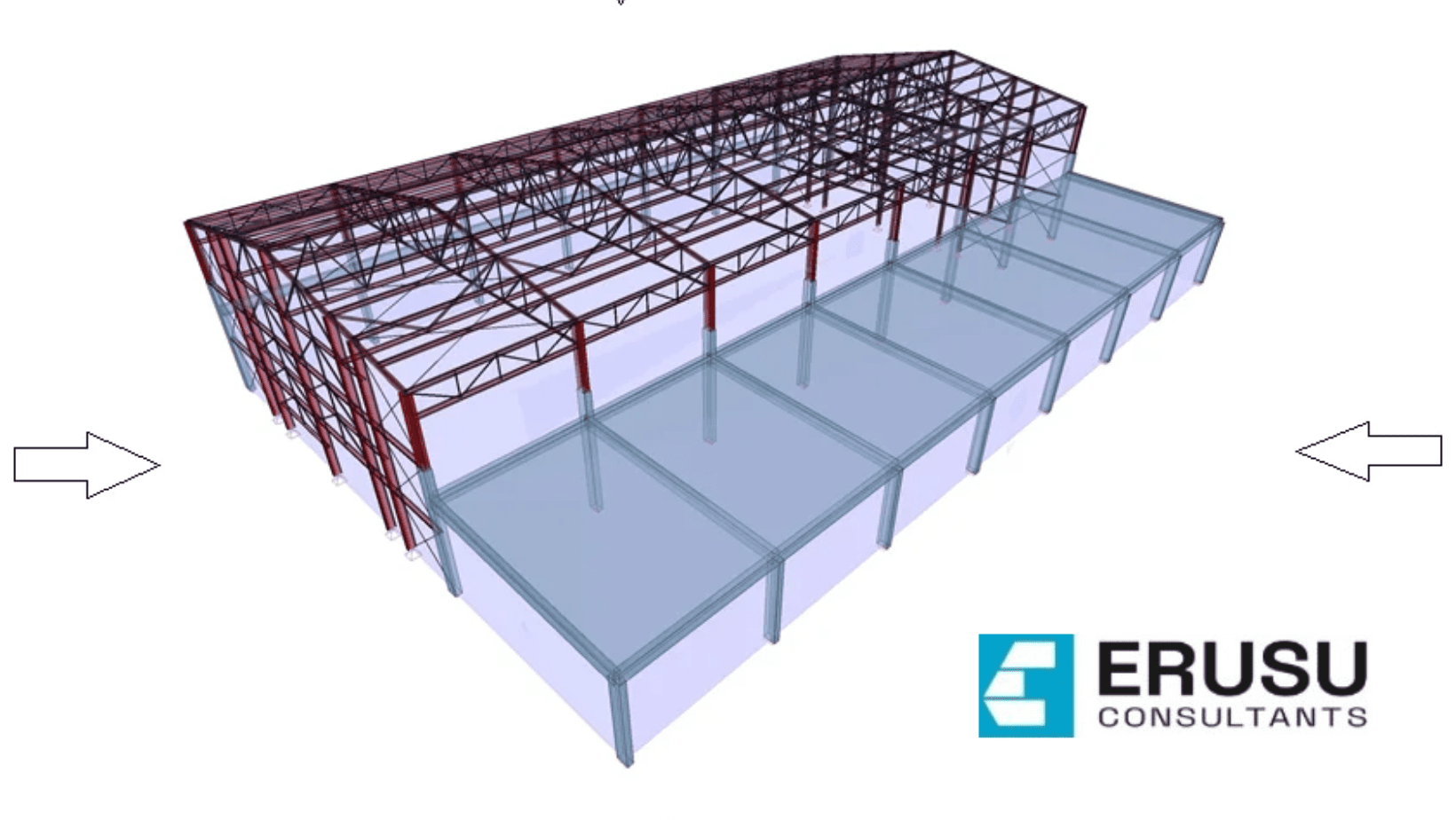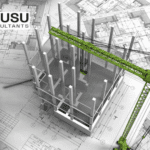Wind Forces on Structures: Engineering Solutions for Resilient Design
Introduction:
Wind Forces on Structures:
Wind is a powerful force of nature that can significantly impact the stability and safety of structures. In the field of structural engineering, understanding the effects of wind and implementing effective solutions are crucial aspects of designing buildings that can withstand environmental challenges. This article explores the impact of wind on structures and the engineering solutions employed to mitigate its effects.
Wind exerts pressure on buildings, bridges, and other structures, creating lateral and uplift forces that can lead to structural instability. The magnitude of these forces depends on factors such as wind speed, building height, shape, and surrounding terrain. As wind flows around a structure, it generates both positive (windward) and negative (leeward) pressures, affecting different parts of the building.
Wind-induced effects include lateral swaying, uplift forces, and vortex shedding, all of which can compromise the structural integrity of a building. High winds, especially during storms or hurricanes, pose a significant threat to the safety and functionality of structures.
Engineering Solutions to Mitigate Wind Effects:
- Wind-Resistant Design: Engineers employ wind-resistant design principles to create structures that can effectively withstand wind loads. This involves considering the wind’s impact during the design phase and implementing measures to reduce vulnerability. Wind tunnel testing and computational fluid dynamics (CFD) simulations help engineers understand how a structure will respond to various wind conditions.
- Aerodynamic Shapes: The shape of a building plays a crucial role in minimizing wind-induced forces. Engineers often opt for aerodynamic shapes that encourage smooth wind flow and reduce the likelihood of vortex shedding, which can lead to resonance and structural vibrations.
- Wind Bracing Systems: Incorporating wind bracing systems is a common strategy to enhance a structure’s resistance to lateral forces. These systems include diagonal bracing, shear walls, and moment frames strategically placed within the building to counteract wind-induced swaying.
- Damping Systems: Damping systems, such as tuned mass dampers or tuned liquid dampers, are implemented to dissipate energy and reduce vibrations caused by wind. These systems act as counterweights that move in opposition to the building’s motion, helping to maintain stability.
- Flexible Materials and Joints: The use of flexible materials and joints allows structures to move with the wind without sustaining damage. Expansion joints, for example, accommodate thermal expansion and contraction, reducing stress on the structure during wind events.
- Windbreaks and Buffers: Engineers may incorporate natural or artificial windbreaks and buffers in the surrounding environment to reduce wind speed and turbulence around a structure. This can be achieved through the strategic placement of landscaping elements or additional structures.
- Monitoring and Maintenance: Regular monitoring and maintenance of structures are essential for identifying any signs of wear or damage caused by wind. Implementing a proactive maintenance plan ensures that a structure remains resilient over time.
Conclusion:
In conclusion, the impact of wind on structures necessitates a proactive and comprehensive approach to engineering design. By understanding the forces exerted by wind and implementing effective solutions, structural engineers can create buildings that are not only aesthetically pleasing but also resilient to the dynamic forces of nature. The continual advancement of technology and innovative engineering solutions further contribute to the development of structures capable of withstanding the challenges posed by wind, ultimately ensuring the safety and longevity of our built environment.






